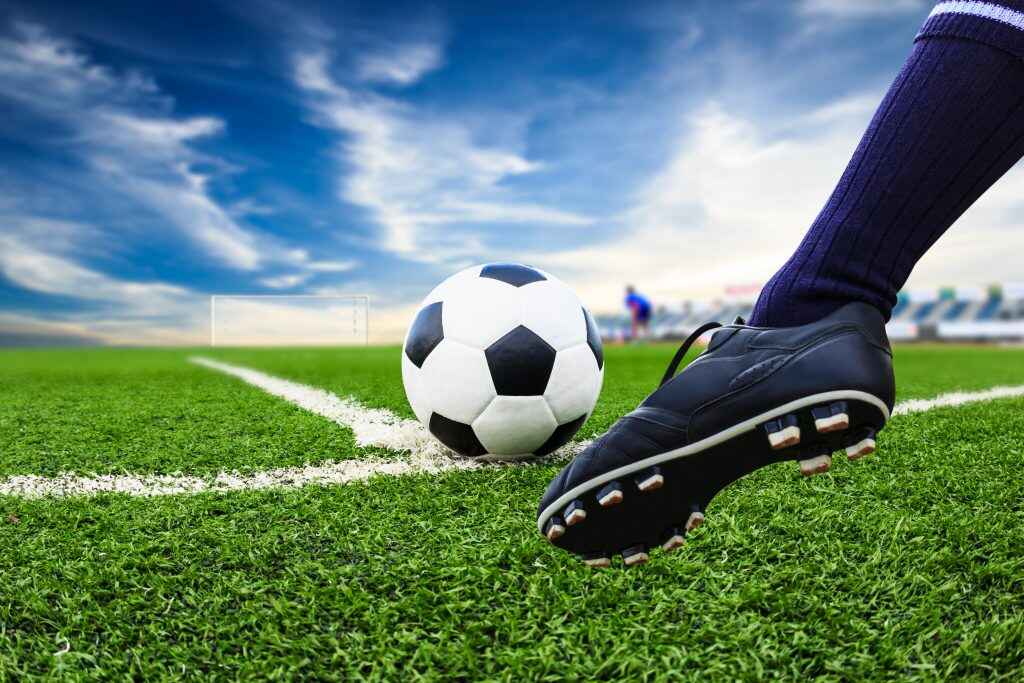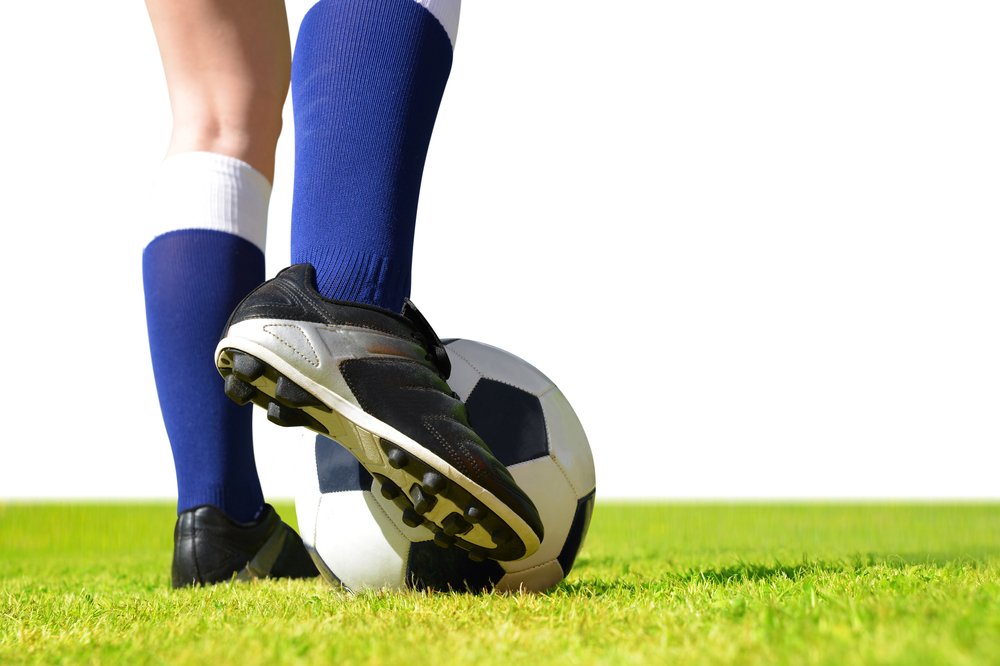Turf toe, despite its name, is no minor inconvenience. It’s a painful and potentially debilitating injury that can affect athletes and active individuals. In this blog, we’ll explore what turf toe is and when it’s crucial to seek professional help, ensuring you’re well-informed and proactive about your health. For a speedy recovery from turf toe, contact Specialty Care Clinics at (469) 545-9983 today. Your active lifestyle is just a call away.
What Exactly Is Turf Toe?
Turf toe is a condition caused by the hyperextension of the big toe, often due to the toe being forcibly bent upward beyond its normal range of motion. This injury is common in sports involving running, jumping, and quick directional changes, like football, soccer, and basketball.
Most Cases Heal Naturally
Many instances of turf toe can resolve with rest, ice, and proper care. However, certain situations warrant professional attention to prevent complications and ensure a full recovery.
Red Flags: When to Consult a Professional
While some turf toe cases may get better with rest and home care, specific red flags indicate the need for professional help:
Severe Pain and Swelling: If your pain and swelling are severe and don’t improve within a few days, it’s time to see a healthcare provider.
Lingering Symptoms: If your turf toe symptoms persist beyond two to three weeks, it’s a sign that there might be more going on than initially thought.
Limited Range of Motion: Difficulty moving your toe or experiencing restricted motion indicates potential ligament damage that may require professional attention.
Instability or Weakness: If you notice instability or weakness in your toe or foot, it may suggest damage to the surrounding ligaments or structures.
Changes in Walking or Running Patterns: Altered walking or running patterns may indicate persistent pain or discomfort that requires evaluation.
Popping or Clicking Sensation: Unusual noises, like popping or clicking, in the toe joint may indicate structural issues.
Recurrent Turf Toe: If you’ve had turf toe in the past and are experiencing it again, professional assessment is crucial to address underlying issues.
Professional Evaluation and Treatment
When red flags are present, professional evaluation and treatment are essential:
Medical Examination: A healthcare provider will conduct a physical examination, assess your symptoms, and order imaging tests, such as X-rays or MRI, to determine the extent of the injury.
Treatment Recommendations: Based on the evaluation, your healthcare provider will recommend appropriate treatments, which may include rest, physical therapy, immobilization, or, in severe cases, surgical intervention.
Rehabilitation: If treatment includes physical therapy, a specialist will work with you to regain strength and range of motion in the affected area.
Pain Management: Healthcare providers can prescribe pain management strategies and medications to alleviate discomfort during recovery.
Preventing Future Turf Toe
Seeking professional help for turf toe is crucial when necessary. However, you can also take proactive measures to prevent it:
Proper Footwear: Invest in shoes with good toe support and cushioning to minimize the risk of toe hyperextension.
Warm-up and Stretching: Incorporate dynamic warm-up routines and toe stretches into your exercise regimen to prepare your body for action.
Strength Training: Build toe and foot strength through specific exercises like toe curls and raises.
Know Your Limits: Be mindful of your physical capabilities and don’t push yourself too hard too quickly, as overexertion can increase the risk of injury.
Your Health, Your Responsibility
Turf toe can be a challenging injury to navigate, but recognizing when to seek professional help is vital for your recovery. Pay attention to red flags like severe pain, persistent symptoms, and decreased mobility, as these are indications that professional evaluation and treatment are needed.
Remember, your health is your responsibility. Don’t hesitate to consult a healthcare provider when necessary to ensure a full recovery and prevent future occurrences of turf toe. By being proactive about your health, you can stay in the game and enjoy your active lifestyle to the fullest.


